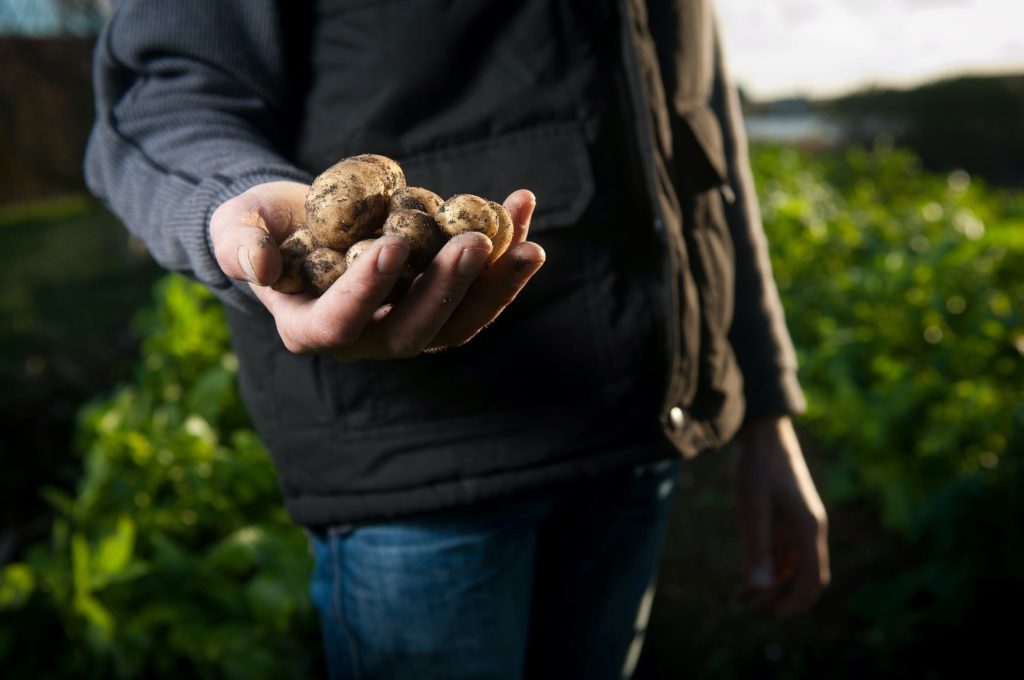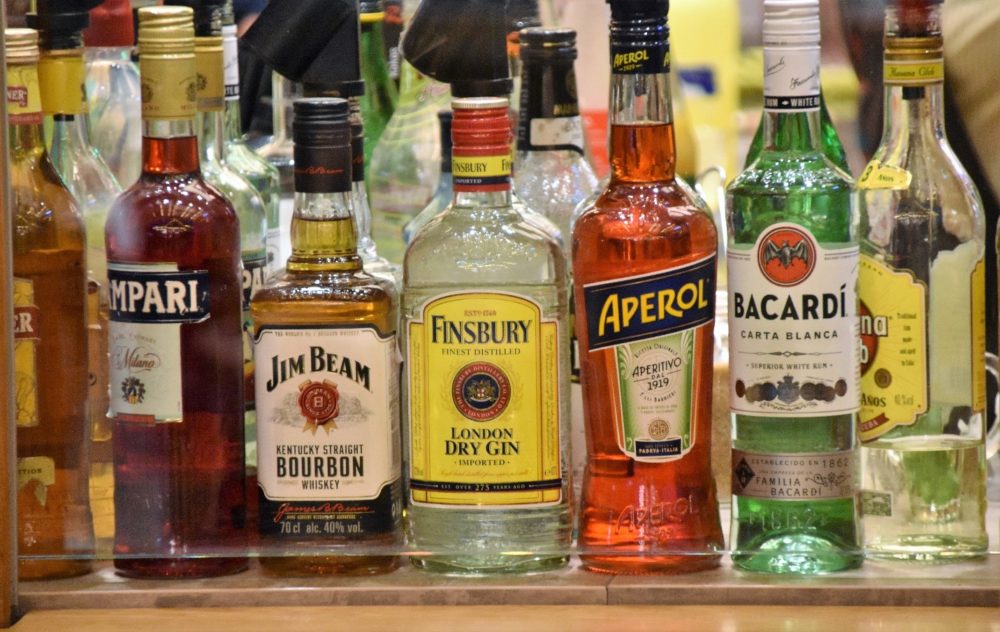In recent weeks, several stories have emerged about farmers being forced to dump their dairy and produce. Idaho farmers are leaving their onions to rot in the field, South Florida growers are plowing their beans and cabbage into the ground and lettuce is decomposing in California fields.
Dairy has been perhaps hit the hardest. While it’s normal for milk producers to dump some of their product as demand fluctuates, trashed milk would normally make up just 0.3 percent of the total supply. Now, industry estimates suggest that somewhere between five and ten percent of milk is getting pitched.
Related: #QuarantineBaking is Placing a Strain on Companies Producing Baking Needs
Before the COVID-19 shutdown, the food service industry was a major buyer of dairy, purchasing about half the supply of cream and butter. Coffee shops in particular purchase plenty of cream for their beverages. Restaurants also represent a great deal of the demand for the milk required to make cheese, too. Since most of these dairy buyers are temporarily closed, plenty of product remains unsold.
In total, it’s estimated that dairy demand in the US is down by ten to 15 percent. Meanwhile, cows still need to be milked every day. Many dairy producers are not able to switch their business model this quickly and they might not even have a say. This is because many dairy farmers are members of larger business cooperatives that determine where to sell their milk. Producers that typically sell to a cooperative that uses all their milk to make feta cheese packaged in large vats for commercial kitchens, for example, don’t have the ability to switch to selling dairy in smaller quantities for retailers.
With the enormous volume of milk that major farmers produce, it’s not feasible to give it away. The good news is, unwanted milk isn’t completely wasted. Some farmers have the capabilities to ferment waste to produce methane gas used for energy via anaerobic digesters. More often, though, farmers dump milk in manure lagoons and use some of the liquid in those ponds to fertilize fields. Sometimes, the milk is sprayed directly onto fields.
As for the meat industry, many meat packing plants have closed as workers came down with COVID-19. Smithfield Foods, the world’s biggest pork processor, said it’s shutting a pork plant indefinitely and warned that plant shutdowns are pushing the US close to the edge in meat supplies for grocers. Additionally, JBS USA, Cargill Inc. and Tyson Foods have all shut down some of their American meat plants. If the closures continue, this could put a roadblock in the supply chain and prevent farmers from selling beef, pork and poultry.
Some restaurants have been able to ease impacts on their business, as well as the food supply chain, by selling off their wholesale items to consumers. Through increasing online sales, some farmers with existing direct-to-consumer sales have been able to recoup losses. If saving the bulk of this surplus is a priority, a large-scale network capable of distributing this food will be needed.








Join or login to leave a comment
JOIN LOGIN